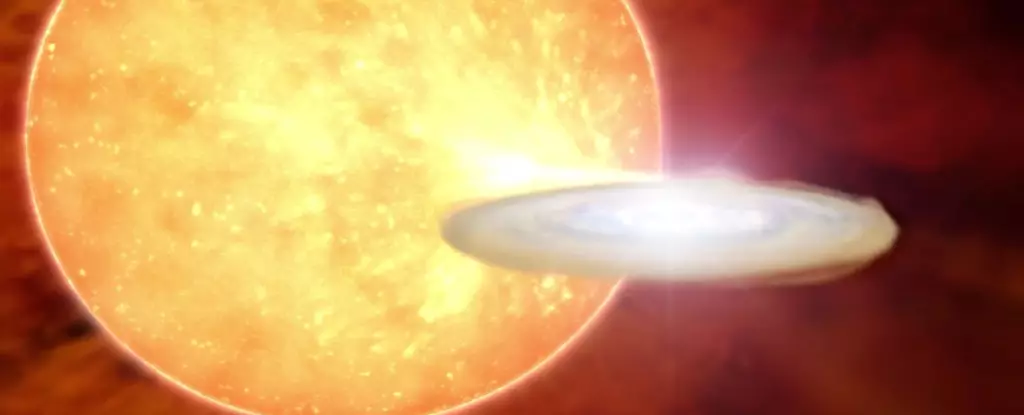In the realm of astronomy, few events create as much buzz as the anticipated outburst of T Coronae Borealis (or T CrB), a star that has captured the interest of both scientists and stargazers alike. Scheduled to dazzle onlookers in 2024, this “Flare Star” has opted for a delay, leaving astronomy enthusiasts still in suspense as we approach 2025. Originally announced to reach a brightness visible to the naked eye, T CrB’s tardiness serves both as a reminder of the unpredictability of astronomical events and as a lesson in managing public expectations around such phenomena.
Discovered in 1866 by John Birmingham, T CrB is located approximately 2,000 light-years away, sharing a celestial neighborhood with the constellations of Hercules, Corona Borealis, and Serpens Caput. The star is known for its significant outbursts that occur roughly every 80 years, the last of which brightened the night sky in February 1946. While anticipation for a repeat spectacle has been high, a disappointing reality has set in—the star is late, and the predicted appearance may not conform to the grand expectations established in recent public discourse.
What makes T Coronae Borealis particularly intriguing is its classification as a recurrent nova. It exists within a binary system, characterized by one star—a cool red giant—transferring matter onto its companion, a hot white dwarf. This matter accumulates over time, culminating in a spectacular nova explosion when conditions are ripe. Though recent research indicates signs of potential eruptions—documented shifts in the star’s spectral lines hinting at changes in temperature and accretion rates—these nuances don’t offer solid proof that a new outburst is imminent.
In fact, as noted by researcher Gesesew Reta from the S.N. Bose National Centre for Basic Sciences, novae by nature are unpredictable. While hopeful signs have emerged, further investigation is paramount to enable more precise predictions. Rather than elevating expectations to astronomical heights—such as dubbing T CrB the “Brightest Star Ever”—it’s prudent to recognize that half a dozen recurrent novae are currently known, meaning such events are rare despite periodic occurrences of naked-eye galactic novae.
Astrophysicists and amateur astronomers alike remain vigilant in their observations of T CrB. Positioned to rise in the eastern sky around local midnight, the star offers an excellent target for observation, especially during early 2025 as its visibility improves. Indeed, as the celestial diagram shifts, T CrB is anticipated to occupy a more favorable position in the evening sky.
With sophisticated tools such as the James Webb Space Telescope (JWST) and Hubble ready to analyze any developments, the scientific community stands poised to take full advantage of any outbursts. The nuances of tracking brightness variations offer a real-time glimpse into the unpredictable nature of cosmic phenomena. Other resources, such as Space Weather’s daily tracker for current brightness, provide an accessible means to monitor T CrB’s status, allowing both serious enthusiasts and casual observers to participate in this cosmic drama.
Ultimately, T Coronae Borealis serves as an emblem of cosmic patience. For those who gaze toward the heavens with expectation, it’s crucial to remember that not all stars comply with schedules. It’s a poignant human lesson akin to waiting for an artist to unveil their masterpiece—the motivation is fueled by hope, yet it is met with the reality of time’s irrepressible march.
In the months to come, rather than being overwhelmed by disappointment, the community of stargazers should relish in the anticipation. T CrB may not have made its grand entrance when expected, but the allure of possibility remains, inviting everyone to step outside, look upward, and embrace the celestial secrets that still lie ahead. Whether the star disrupts the familiar northern crown asterism of Corona Borealis or not, the quest for understanding our universe never ceases to ignite curiosity.


Leave a Reply